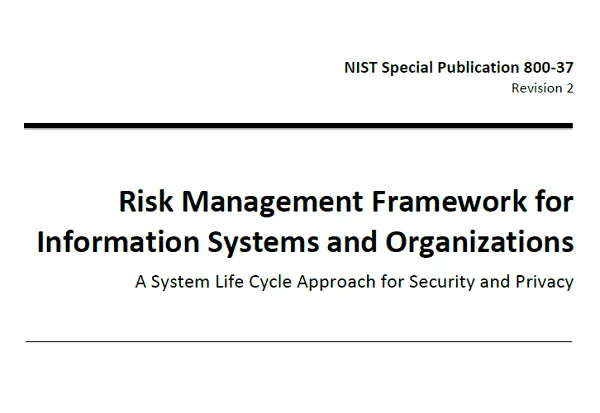Abstract
This publication describes the Risk Management Framework (RMF) and provides guidelines for applying the RMF to information systems and organizations. The RMF provides a disciplined, structured, and flexible process for managing security and privacy risk that includes information security categorization; control selection, implementation, and assessment; system and common control authorizations; and continuous monitoring. The RMF includes activities to prepare organizations to execute the framework at appropriate risk management levels. The RMF also promotes near real-time risk management and ongoing information system and common control authorization through the implementation of continuous monitoring processes; provides senior leaders and executives with the necessary information to make efficient, cost-effective, risk management decisions about the systems supporting their missions and business functions; and incorporates security and privacy into the system development life cycle. Executing the RMF tasks links essential risk management processes at the system level to risk management processes at the organization level. In addition, it establishes responsibility and accountability for the controls implemented within an organization’s information systems and inherited by those systems.
Executive Summary
As we push computers to “the edge,” building a complex world of interconnected information systems and devices, security and privacy risks (including supply chain risks) continue to be a large part of the national conversation and topics of great importance. The significant increase in the complexity of the hardware, software, firmware, and systems within the public and private sectors (including the U.S. critical infrastructure) represents a significant increase in attack surface that can be exploited by adversaries. Moreover, adversaries are using the supply chain as an attack vector and effective means of penetrating our systems, compromising the integrity of system elements, and gaining access to critical assets.
The Defense Science Board Report, Resilient Military Systems and the Advanced Cyber Threat [DSB 2013], provides a sobering assessment of the vulnerabilities in the United States Government, the U.S. critical infrastructure, and the systems supporting the mission-essential operations and assets in the public and private sectors.
Download the report to find more.



